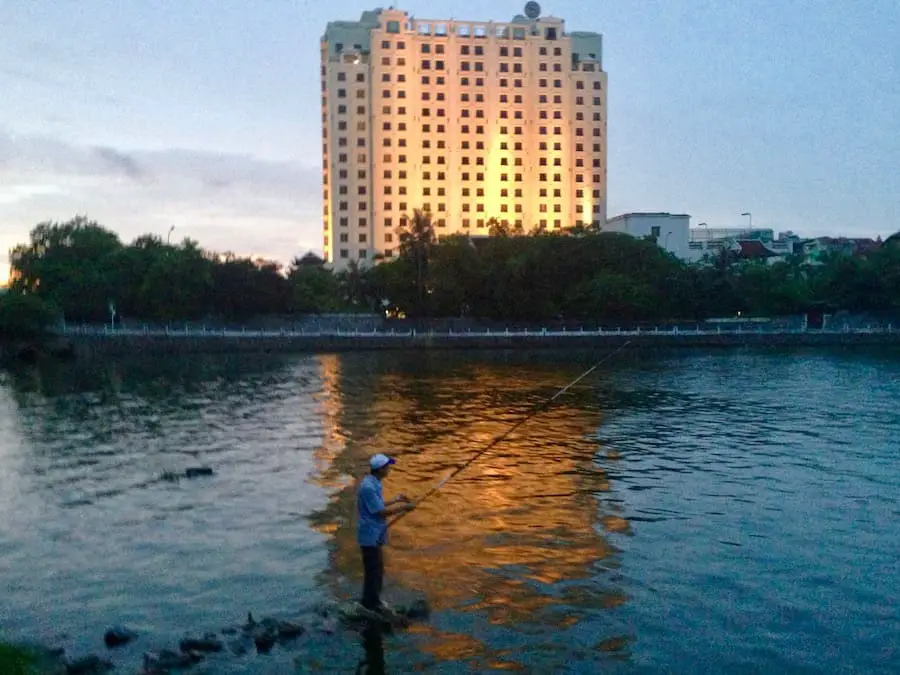There has perhaps been no other war in the recent United States history that has left scars on the lives of many people on both sides of the war, as what the Americans call the Vietnam War and the Vietnamese rightfully call the American War. It is a war that tore apart both nations.
Life since the Vietnamese War has not been easy for many Vietnamese. Vietnam was isolated from most of the world. There were re-education camps, an exodus of Vietnamese people known to the world as the boat people, plus wars with Cambodia and China. An American trade embargo and no diplomatic relations with the United States limited Vietnam’s economic potential growth. But, now all that has changed, as Vietnam today is on the economic growth track to be one of the new fast-growing Asian economies.
War is never an easy thing for any side. When Vietnam unified the country in 1975, it also closed itself off from the rest of the world for many years. Perhaps they just needed time to help the country become completely unified.
To read more about Vietnam’s history before 1975, you can read our blog, A Brief History of Vietnam, What You Need to Know.
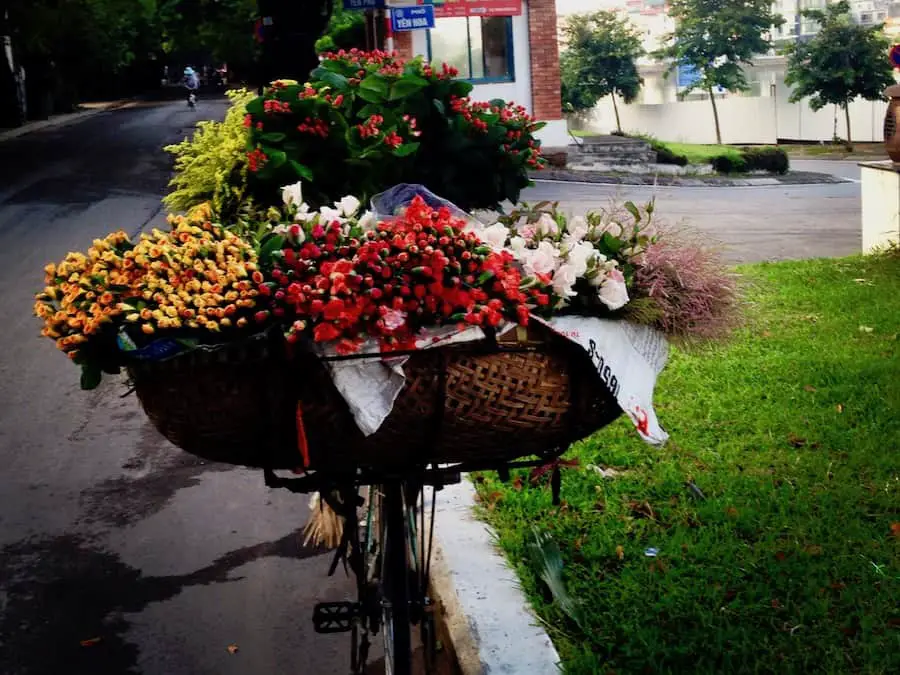
The Socialist Republic Of Vietnam
In 1976, after North Vietnam captured control of South Vietnam, Vietnam was unified into one country. It was officially renamed, The Socialist Republic of Vietnam, and its capital was renamed Hanoi, Vietnam. The Viet Cong was dissolved.
Vietnam did not appoint or vote on a President; instead, the Communist Party of Vietnam appointed its first leader as a General Secretary, Le Duan. Le Duan was a Communist politician that worked very closely with Ho Chi Minh during the Vietnamese- American war. He believed that the north and south of Vietnam needed to be unified at all costs. He rose very quickly in the ranks of the Communist Party.
Ho Chi Minh’s health started to decline in the 1960s, and he later died in 1969. Le Duan rose to become the leader during this period and was one of the main personalities in the Vietnamese Communist Party. So there is no surprise that he was also seen as the leader of the new Vietnam after the death of Ho Chi Minh.
Like Ho Chi Minh, Le Duan also believed in the collective leadership of the Vietnamese Communist Party. As the name implies, collective leadership is where the Vietnamese Communist party was to be ruled by a distribution of power and ruled collectively, not individually. This is why even in Vietnam today, you hear more about the collective leadership and not just one figurehead as a President.
Most of Vietnam’s diplomatic relations were with the Soviet Union and the Eastern Bloc countries during this period. They also had good diplomatic relations with Fidel Castro and Cuba. I have met many Vietnamese who lived and worked in Eastern Bloc countries such as Czechoslovakia (the present-day Czech Republic and the Slovakia Republic).
Life In The New Vietnam
The Vietnamese Communist Party ruled Vietnam, emphasizing heavy industry and collective agriculture. Because of this, the party started to seize businesses and turn them into state-owned enterprises. When many of their businesses were seized, many previous owners were sent out into the jungle to clear land there. This, of course, was not very popular, especially for those business owners.
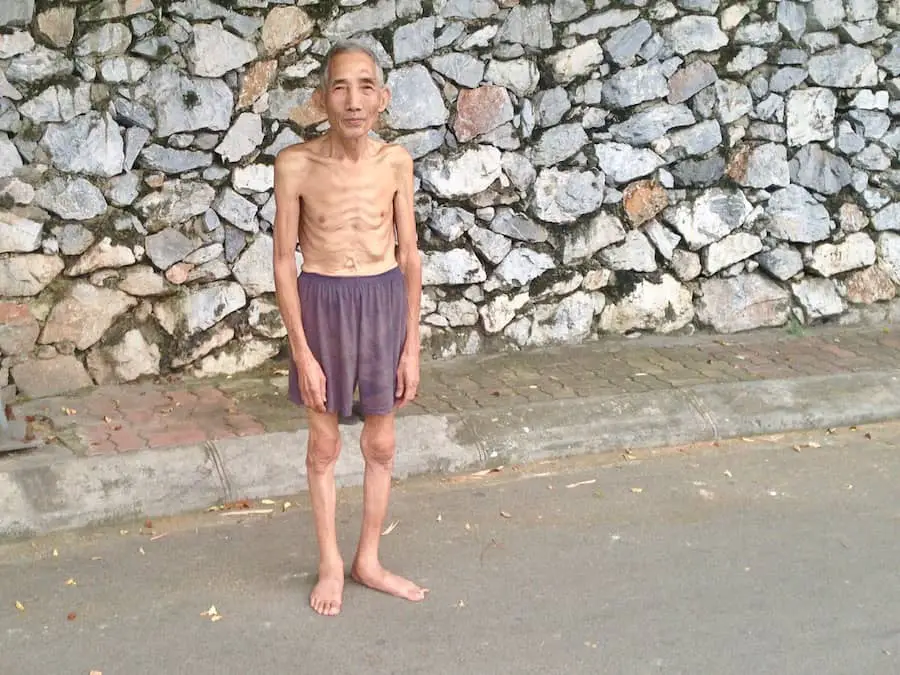
The government also instituted re-education camps for those who helped support the American war effort in South Vietnam. It is thought that about 300,000 Vietnamese who were soldiers, government officials, or supporters of the South Vietnamese government were put into these re-education camps. These camps were notoriously bad, and many died in the camps either due to the hard labor they were forced to endure, disease or starvation. A person’s imprisonment could be anywhere from a few months to 17 years.
The Vietnamese Government said their main focus was on political re-education, so they did not view the re-education camps as an act of war crimes or prison. Instead, they saw them as a way to help these individuals better integrate into the new Socialist Republic of Vietnam.
Vietnamese Refugees
When America left Vietnam, many Vietnamese who had actively worked or helped the American’s feared for their lives, and because of this, there started to be an influx of refugees leaving Vietnam for the west. These Vietnamese are known as boat people; though many left by boat, others went overland through Cambodia and Thailand.
Not all these refugees worked for the American or South Vietnamese government. Many left as they wanted a better life in America or another western country. It is interesting to note that almost everyone I have met in Hanoi has a relative in another country.
The total number of boat people who left Vietnam from 1975 to 1995 was about 800,000. The countries of choice for many refugees were to make their way to Thailand, Malaysia, Hong Kong, Indonesia, the Philippines, and Singapore.
Once they were verified as actual refugees, most Vietnamese were sent to the United States, Canada, Australia, United Kingdom, France, and West Germany. Those who were not placed in another country or came too late to be deemed refugees were sent back to Vietnam either voluntarily or by forced repatriation.
I remember going to some refugee camps in Hong Kong in the late 1990s. There was a camp in Kowloon not too far from the old Hong Kong airport. The camp inhabitants were allowed to leave during the day, but they had to be back every evening. They had no actual legal status in Hong Kong.

In the early 1980’s I was a missionary for the Church of Jesus Christ of Latter-day Saints in Spokane, Washington. I spent a great deal of my time during my 18 months as a missionary, working and helping Southeast Asian Refugees in Spokane and Olympia, Washington. The refugees were Vietnamese, Hmong, Laotian, or Cambodian. The Vietnamese seemed to be able to assimilate and adjust better to live in America than some of the other refugee groups.
As I have personally worked with the refugees and seen firsthand how hard many of their lives were in their new land, I do not think any of the refugees would say that getting to the refugee camp and then later to their adopted homeland was easy, Many of the boat people died on the way due to the conditions of the boat and they were also attacked by pirates while also being faced with fierce storms on the seas.
Many also left a once-thriving business back in Vietnam, or they had been a person with some status such as a high-ranking government official. Now many were farm laborers or factory workers. Most of them I spoke to missed their life in their home countries.
Vietnam Invades Cambodia
Between 1975 and 1978, Vietnam and Cambodia had many border clashes both by land and sea. In December 1978, Vietnam decided to invade Cambodia, and they then took control of the entire country, including removing Pol Pot’s regime from power.
Though Vietnam and Cambodia’s communist parties had allied to fight the Americans in South Vietnam, since the war ended, there was a lot of mistrust on both sides, with different border skirmishes taking place. Vietnam’s decision to invade Cambodia was based on the fear that they saw the Chinese support for the Pol Pot and the Khmer Rouge as pro-Chinese and anti-Vietnamese.
By January 9, 1979, Vietnam had established the pro-Vietnamese government of the Republic of Kampuchea. This started 10 years of the Vietnamese rule of Cambodia. The United Nations never recognized the Vietnamese as the legitimate leaders of Cambodia but instead recognized the brutal regime of the Khmer Rouge as the rightful leaders.
Due to international pressure in 1989, Vietnam agreed to leave Cambodia. It was decided that the UN would come in to help Cambodia with their politics until they could hold a legitimate election and elect their government.
Sino – Vietnamese War (1979)
Vietnam and China had a brief war in 1979. The reason was that Vietnam invaded Cambodia. During this war, China invaded North Vietnam and captured some Vietnamese cities. The Chinese declared that the gates to Hanoi were now open, meaning they would be able to invade Hanoi and claim victory if they wanted to. Shortly after this, the Chinese withdrew their forces from Vietnam.
The Chinese wanted to show Vietnam that because of their alliance with the Soviet Union that the Soviet Union could not protect them. Also, China wanted to dissuade Vietnamese involvement in Cambodia. But this act of warfare by the Chinese did not dissuade the Vietnamese from withdrawing from the occupation of Cambodia.
One reason China did not do a full-scale invasion is that in 1979, Deng Xiao Peng, the leader of China, was starting to open up China to the west. He did not want to hurt his economic reform policies because of a full-scale invasion of Vietnam. Instead, he opted to have a punitive military action to show Vietnam that China could hurt them and that the Soviet Union, who Vietnam had a close alliance with, could not protect them.
There have been many Vietnamese that I met who were 18 or 19 years old during this time. Because their parents did not want them to have to go to war or fight a war with China, they sent them to work in what was then Czechoslovakia in the glass factories. Some Vietnamese stayed there in Czechoslovakia. In the present-day Czech Republic, Vietnamese are the third largest ethnic group after Slovaks and Ukrainians.
Ethnic Vietnamese Living In Cambodia
Today, Vietnamese still live in Cambodia, but most of them are usually relatively poor. Many of them are stateless in that they have no papers to show if they are Vietnamese or Cambodian citizens. This means they are not able to purchase any land. Because of them, many of them have moved to live on the waterways.
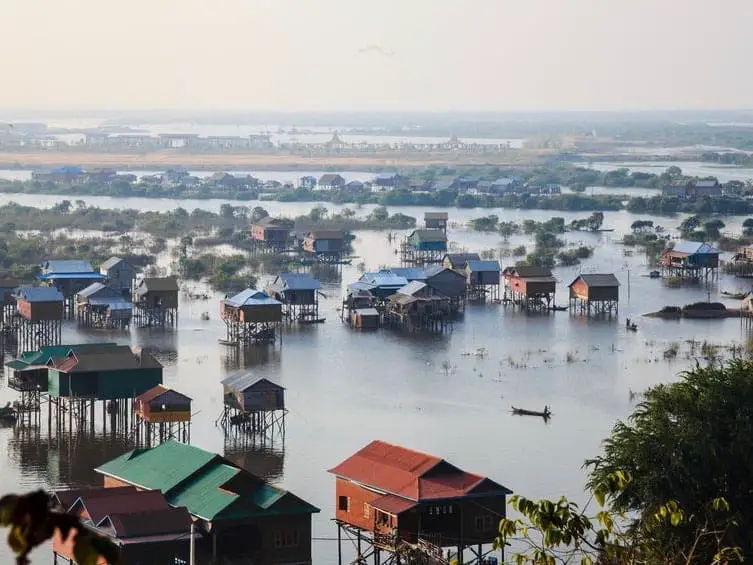
There is a famous village called Tonle Sap which is near Siem Reap. This village is mainly Vietnamese. The people live in houses built on to the lake, so they go by boat to go from house to house to see their neighbors, buy food, or even attend school. When you are visiting Siem, Reap you can go there and see this entire village on the lake.
It is estimated that there are 700,000 ethnic Vietnamese living in Cambodia and 90% of them live on the waterways, and many of them live on Tonle Sap Lake, which is Southeast Asia’s largest freshwater lake. Many ethnic Vietnamese have been in Cambodia for 3 generations but still have no actual legal standing. Cambodia law states that both parents must have Cambodian citizenship for their children to be citizens. So even these ethnic Vietnamese children, even if born in Cambodia, do not have the right to many fundamental rights, which include government-run schools.
Vietnam Starts To Open For Business.
I first came to Vietnam in the early 1990s while working for a Thailand-based company. They had sent me, my boss, and her German business partner on a Government-sponsored trip to find some business opportunities here in Vietnam. We visited a small business product fair and found a Filipino company producing rattan in Nha Trang, Vietnam. We decided to create, design, and develop a rattan furniture collection for export to sell in Thailand.
During the early 1990s, the famous Hoa Lo Hanoi Prison that held the US service members captive was still a prison at that time. Today the former Hoa Lo Prison is a museum with a section about the US service members, but most of the museum is about how the French treated the Vietnamese freedom fighters.
During our trip in the early 1990s, one government official showed us an old Villa that was for lease, but they told us we could only lease it if we agreed to restore the villa and not tear it down the villa. They seemed to understand the value of beautiful French architecture. They also showed up at the present-day Metropole Sofitel Hotel, an old French hotel that was being restored but not yet open for business.
Those Who Were Left Behind
I was working in Nha Trang in the early 1990s. Nha Trang was on the coast of Vietnam and near the old US military base called Cam Ranh Bay. I remember meeting a Vietnamese man who was a rickshaw driver. I often hired him to drive me around town as he spoke perfect English. He told me that during the American War, he was an engineer who was in charge of repairing the USUSarplanes. He had tried many times to escape by boat from Vietnam, but each time he got caught before he could make it. Each time he was caught, he was sent to prison and re-education camps.
After several failed attempts, he finally gave up on his dream of escape and decided to stay in Vietnam. But he told me it was tough for him to earn a living and survive even though he was a qualified airplane engineer and had a decent education. The fact he worked for the American military base had hurt any future career prospects. Some former USUSoldiers learned of this engineer’s plight, so they sent him a few hundred dollars to help him get a rickshaw to make a living for himself and his family.
I remember going down to the beach in Nha Trang, and on the beach, I would see some Amerasians children. Those children usually had American fathers and Vietnamese mothers. For many of these children, their mothers had abandoned them on the streets or at the door of an orphanage. Sometimes a kind Vietnamese family would take them in and raise them.
These Amerasian children were considered by the Vietnamese to be second-class citizens. People could see who their fathers were and know they were left behind or unwanted by looking at them. I remember talking to them, and one of them was half African American and asked me if I knew her father, named Jones from Chicago. I had to tell her I had no idea who he was. This was a side of the war that Americans rarely spoke about but a part of the war that was real. Since this time, many of these Amerasian children have been allowed, if they choose, to live in America.
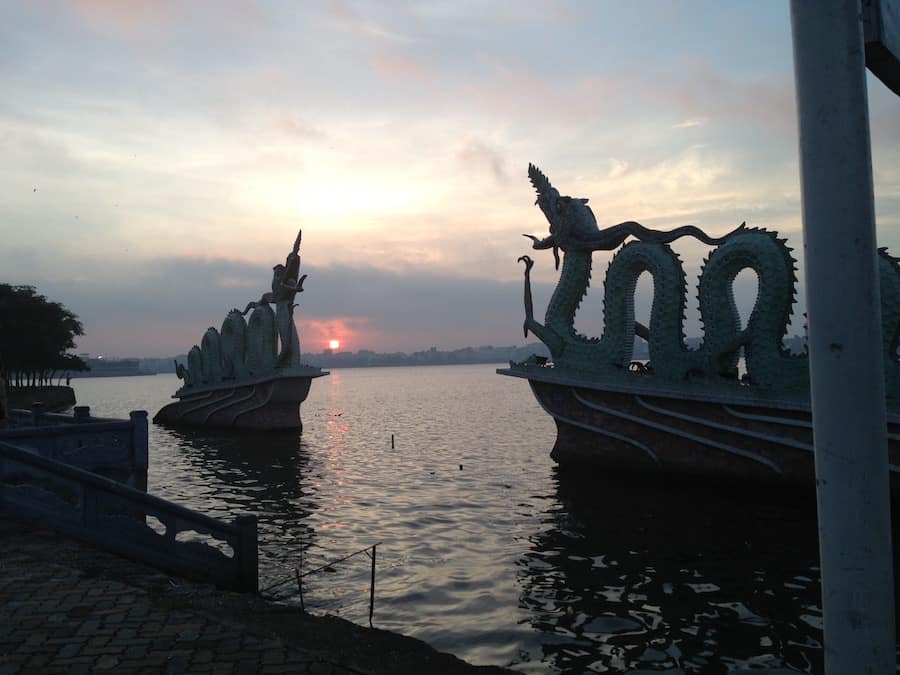
Lifting Of the Trade Embargo
When I was in Vietnam in the early 1990;s doing some work in Nha Trang, every time I would go there for work, Vietnamese people would find out that I was American, and they would ask me why America could not forget the war and normalize political relations with Vietnam and lift the Trade Embargo that was placed on Vietnam. They realized that the only way they could trade with the United States was to have normalized diplomatic relations and have the trade embargo be lifted.
I remember one Vietnamese gentleman telling me. Look, Vietnam lost over 2 million people in the war, and we have forgotten it and moved on; why can’t you Americans also do the same? I was hard-pressed to give him an answer as I also could not think of any reason why America and Vietnam had no diplomatic relations and why we had a trade embargo, especially as, at the time, many US companies were working with China. This trade embargo essentially cut off any trade between the United States and Vietnam.
Senator John Mc Cain and Senator John Kerry worked hard to convince then-President Bill Clinton that the Trade Embargo against Vietnam should be lifted. It was Senator John Mc Cain, who had been a prisoner in War in Hanoi, say to President Bill Clinton:
“It doesn’t matter to me anymore, Mr. President, who was for the war and who was against the war. I’m tired of looking back in anger. What’s important is that we move forward now.”
Senator john McCain
Interestingly, Senator John McCain was a prisoner of war in Hanoi’s famous so-called Hao Lo Prison for over 5 and 1/2 years. Senator John McCain later became a great advocate for his former enemy – the Vietnamese. Senator McCain was shot down in Truc Bach Lake, a small lake near West Lake in the center of Hanoi. Many older Hanoians will say they either helped shoot down the plane of this famous American, or they helped him get out of the lake.
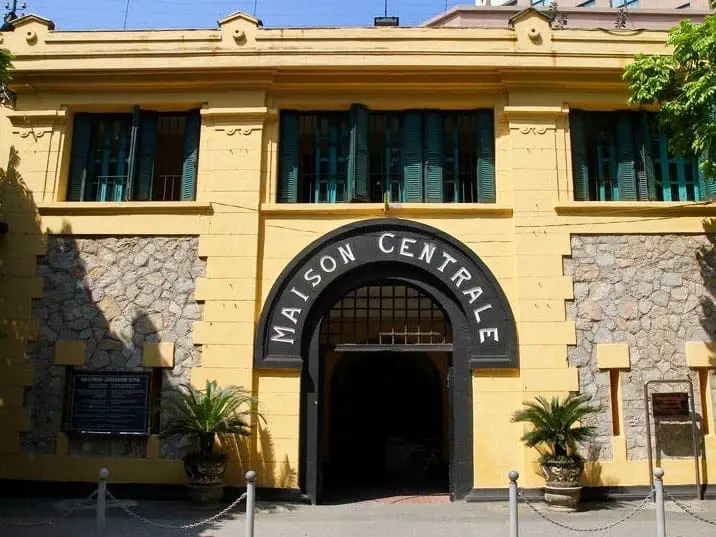
Through the efforts of Senator John McCain and John Kerry, the United States finally lifted the US TUS Embargo against Vietnam was finally lifted in February 1994.
Normalization Of US And Vietnamese Diplomatic Relations
It took just over 20 years since the time the United States left Saigon for America to establish formal diplomatic relations with Vietnam. The United States normalized diplomatic relations with Vietnam on July 11, 1995.
The first United States Ambassador to Vietnam was Ambassador Pete Petersen. Like Senator John McCain, Ambassador Petersen spent 6 years as a Prisoner of war in the Hoa Lo Hanoi Prison. After he departs from diplomatic service, Ambassador Petersen continues to serve the Vietnamese people with some charity work.
Vietnam Today
Today Vietnam is an economically thriving country. Many companies are looking at ways to invest in Vietnam, especially as a viable alternative to Chinese-based manufacturing.
Vietnam also has a feeling of freedom about it that is not readily found in China. You can quickly get on Facebook, Twitter, Youtube, or Google without having a VPN to get over the Great Firewall of China. The cities are bustling, and each day some new store, a new trendy restaurant, or bar is popping up.
The Vietnamese themselves seem to be engaged with the world. Vietnam has instituted some very libel freedoms, including new freedom of religion law. With the country’s beauty, it continues to be one of the “most” go-to travel destinations globally.
After the Vietnam-American war, Vietnam struggled and faltered for many years. But as war is now history, the new Vietnamese generation of young, vibrant, educated Vietnamese are determined to take Vietnam to the next level. Despite Vietnam’s rocky start on the world stage, they feel that Vietnam will continue to emerge as a dynamic country and force to be reckoned with. All signs point to the fact that they are right – Vietnam will continue to develop and edge its way as a significant player on the world stage.
Related Questions
How do the Vietnamese now feel about the Americans?
I have been going in and out of Vietnam to live and work for over 10 years, and I am an American. I have never felt any hate, racism, or hatred towards me as an American in all my years in Vietnam. Most of the time, when Vietnamese people find out I am American, they will say positive things about America and me.
Some Americans are afraid to travel to Vietnam as they feel like the Vietnamese may not like them or blame them for the war. But Vietnam today does not blame the Americans for the war, as they want us all to move forward and not look back at war.
Why did the United States lose the Vietnam War?
History is always best viewed when looking back, valid for the Vietnam War. If many of the American leaders had fully understood Vietnam’s history, they would have realized the Vietnamese wanted their independence at all costs and were willing to pay the price for it.
To find out more about the history of Vietnam and the Vietnam war, you can read our blog entitled A Brief History of Vietnam, What You Should Know.

